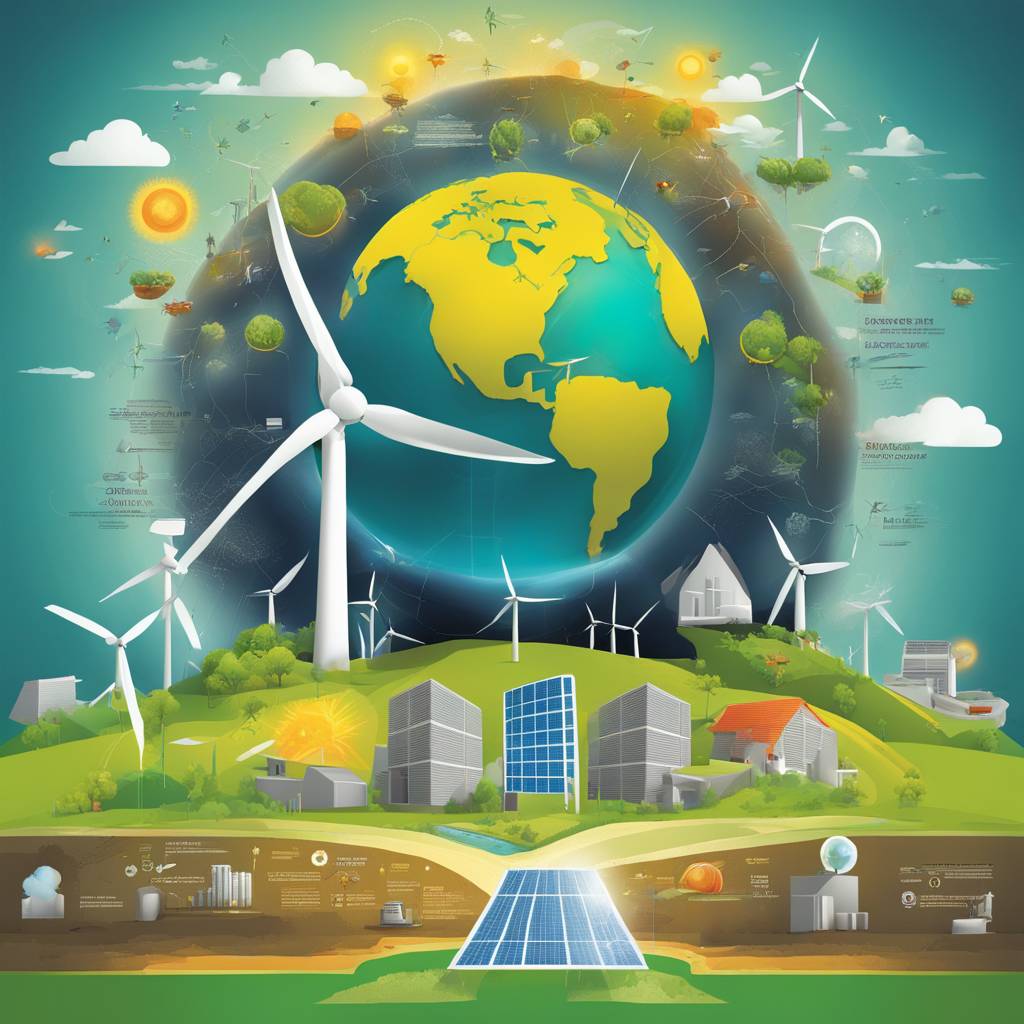President Joe Biden’s Inflation Reduction Act (IRA) has accelerated the pace of cutting carbon emissions in the U.S., with over 80 solar, wind, and energy storage projects benefiting from the law’s incentives. The IRA, along with the Bipartisan Infrastructure Law, allocated $239 billion for clean energy initiatives, electric vehicles, and carbon management. However, experts believe there is still a long way to go before the U.S. can achieve Biden’s goal of net-zero emissions by 2050. Analysts anticipate government spending and tax credits under the law to exceed the initial estimate of $400 billion, possibly reaching up to $1.2 trillion by 2031.
Despite the progress made in sectors like electrical power, battery manufacturing, and traditional clean energies such as wind and solar, several obstacles impede the U.S.’s ability to triple renewable energy by 2030. State and local regulations have slowed the development of new transmission lines and EV charging stations. Some sectors, like hydrogen, carbon sequestration, geothermal, and nuclear energy, have struggled to take advantage of the IRA’s benefits due to challenges in putting all the pieces together, according to experts at the Department of Energy. Oil companies have also raised concerns about the criteria for tax credits for hydrogen fuel plants, potentially causing projects like Exxon Mobil Corp’s plan to build a large hydrogen plant in Texas to be scrapped.
The implementation of the IRA has faced hurdles in various sectors, including electric vehicles, where companies are encountering barriers such as the lack of transmission lines and local-content requirements. Tax breaks for EV purchases have raised concerns among U.S. automakers about competition from cheap Chinese vehicles flooding the market, leading to calls for steeper tariffs. Regulatory challenges have also hindered advancements in complex projects favored by oil companies, such as hydrogen plants or carbon capture systems. The industry has pushed back against proposed regulations, including a fee for excess methane emissions on federal lands, adding further obstacles to achieving climate goals.
Despite the challenges, the climate law has helped the U.S. reduce carbon emissions by 4% annually, double the pace before the law was enacted, according to research published in the journal Science. However, experts believe that further acceleration is necessary to meet the 2030 climate goals and achieve net-zero emissions by 2050. Some industry executives have expressed concerns about the politicization of certain clean energy sectors, which could potentially slow down the implementation of the IRA. Investments in semiconductor plants and efforts to address concerns about Asian companies dominating advanced technology markets have been launched by Washington in response to these issues.
In conclusion, while the U.S. has made progress in cutting carbon emissions and increasing clean energy initiatives under President Biden’s IRA, significant challenges remain in achieving ambitious climate goals. The law has spurred investments in renewable energy projects and electric vehicles but has faced obstacles in sectors like hydrogen, carbon capture, and regulatory hurdles. Accelerated efforts are needed to triple renewable energy by 2030 and reach net-zero emissions by 2050. Industry complaints and regulatory pushback present additional challenges to the successful implementation of the IRA and the broader climate agenda in the U.S.















